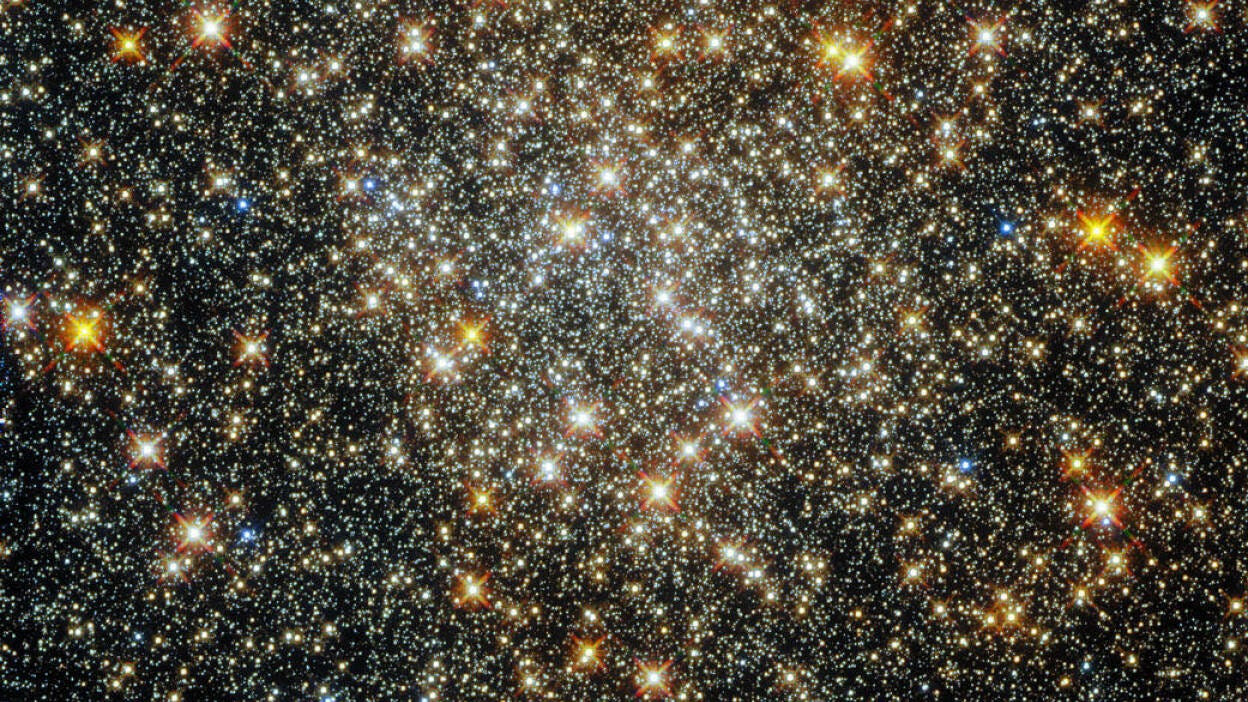
Hello again Science Fans!
It is now officially the fall season, with the autumnal equinox occurring last Wednesday. The word equinox is derived from Latin and roughly translates into equal night. Happening twice a year, it is the time when night and day are approximately equal all over the planet.
Last month I wrote about an Israeli study that showed many people who were among the first to receive COVID vaccines were now catching the virus. Those with later vaccination dates did not have similar issues, drawing the conclusion that immunity was beginning to wane. I made the point that there was a lot of conflicting information out there too.
Shortly after that, many in the scientific community said that there were more complex issues at work here. Those include the tendency of those who are vaccinated to engage in more risky activities, therefore increasing chances of exposure to the virus. Protection from the vaccine may not be waning, but exposure to it increases.
David Leonhardt from The New York Times wrote about all this on August 30, and while additional information continues to come out frequently, his analysis is worth consideration.
Another viewpoint from a Family Physician.
As I said last month, each of us has to decide what’s right for our own situations. I felt it was important to follow up on last month’s article with some different analysis.
The earth’s oceans cover 70% of the planet and account for 97% of it’s water. How much do you know about this 70%? Scientists have only explored about one fifth of it. Here then is a geography lesson about our oceans from the surface down.
That beautiful picture at the top of the Schmooze comes from the Hubble Space Telescope and shows “a sparkling starfield” near the center of the Milky Way. While Hubble continues to work away in space, the follow-up James Webb Space Telescope has completed its final testing phase and may finally be launched next month. Originally scheduled to fly in 2007, the James Webb Telescope won’t be able to be repaired in space like the Hubble due to its final position and orbit. Let’s hope they got it right and that the launch is successful.
Meanwhile on Mars, the Ingenuity Helicopter continues to amaze. As the seasons change on Mars, the already thin atmosphere will get thinner which changes the physics of flight. Ingenuity’s mission has already been extended and it has successfully flown farther than ever expected.
Elsewhere on Mars, scientists have learned that repeated supervolcano eruptions buried portions of the planet under as much as one kilometer of ash. Mars is also quite active seismically with a recent 4.2 earthquake lasting an hour and a half!
From time to time I attend lectures that don’t sound all that exciting, or cover an area of science that I don’t find that interesting. Based on my past experiences, I should not be surprised when these turn out to be excellent talks, yet I was once again surprised by one this week. SETI asked two scientists to weigh in on the question “Is a Sixth Mass Extinction the future of living species on Earth?” The conclusion is not, it is not the future but the present! We’re in the midst of it right now! Watch for yourself!
Have a great week in Science!
Bob Siederer
